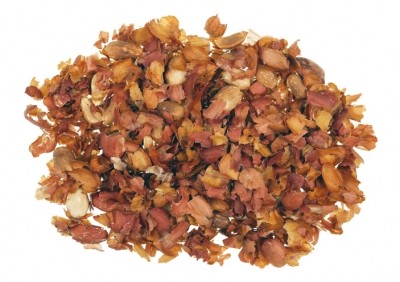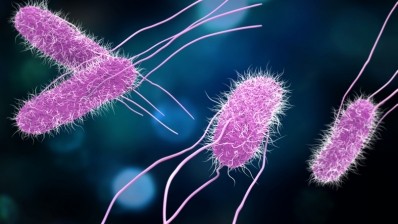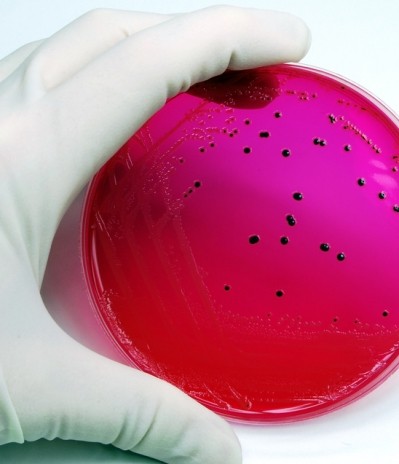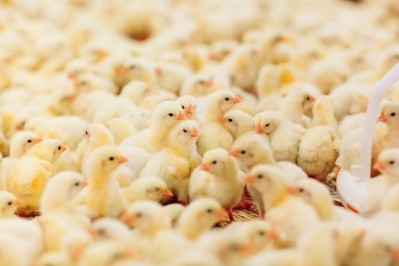Tool to make Salmonella detection in poultry feed less challenging
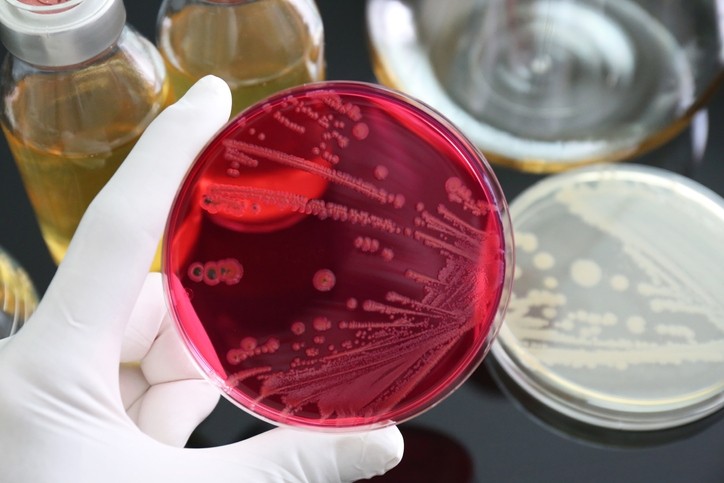
Current methods used for isolating Salmonella from feed and feed ingredients have been derived from human food methods with minimum consideration to differences in matrix compositions, background microflora or the stress status of the Salmonella, said Mark Berrang et al.
Salmonella can contaminate feed production facilities and feed ingredients (Boyer et al., 1962; Maciorowski et al., 2007; Jones, 2011). In some instances, human outbreaks of Salmonella infections have been traced back to Salmonella-contaminated feed given to poultry (Pennington et al., 1968; Crump et al., 2002).
While pre-enrichment media are designed to revive stressed or injured Salmonella for detection in later analytical steps, prior research has demonstrated that when analyzing feed and feed ingredients, a decrease in the pH of the pre-enrichment media occurs during the incubation period creating acidic conditions, said those researchers.
"Exposure of Salmonella to acidic conditions can result in cell death, cell injury and biochemical damage. This reduces the ability to detect Salmonella and could produce false negative results.”
The team reported that pre-enrichment of feed and feed ingredients in tris phosphate carbonate (TPC) appears to lessen these challenges. The TPC was developed to maintain a near neutral pH during incubation of feed but its efficacy for use in a wide variety of feed and ingredients had not been confirmed until now.
Feed is a complex matrix containing a wide variety of ingredients ranging from cereal grains/protein meals to enzymes, probiotics, essential oils, acidifiers and others. The impact of these components on incubation pH during pre-enrichment is unknown, they said. Feed can also contain a wide diversity of background microflora which may impact the media pH during incubation (Koyuncu and Haggblom 2009), noted the team.
In their paper, published online this month in the Journal of Applied Poultry Research, they suggest that pre-enrichment of a variety of feed in TPC provides a near neutral pH throughout incubation and may improve the ability to recover Salmonella.
Methodology
The purpose of their study was to evaluate the buffering capacity of TPC and its ability to maintain a near neutral pH when used to pre-enrich a wide range of feed and feed ingredient types.
In terms of the materials and method used, 5g samples of feed ingredients (8 types) and corn/wheat based poultry feeds (10 types) were individually added to 45mL of each of five different pre-enrichment broths: lactose broth (LB), buffered peptone water (BPW), double buffered peptone water (2xBPW), universal pre-enrichment broth (UPB), and TPC.
After incubation for 18, 24, and 48 hours at 37 degrees Celsius, the pH of each pre-enrichment was measured (five replicates/treatment).
Data were analyzed by ANOVA and least significant difference T-test.
Findings
The initial pH of the LB, BPW, 2xBPW and UPB ranged from 6-7 for all ingredients and feeds. The initial pH of ingredients and feed in TPC was 8.0-8.4.
After 24 hours of incubation, pH had decreased to 4.6-5.5 for LB and BPW.
Variability was observed among feed types incubated in 2xBPW and UPB where the pH ranged from 4.8-6.4 at 24h.
TPC was less variable than 2xBPW or UPB with the pH ranging from 6.5-7.4 at 24 hours.
Of five pre-enrichment media evaluated in that work, TPC exhibited the greatest buffering capacity and maintained a near neutral pH of a variety of ingredients and feed types during incubation, reported the team.
They recommend that a highly buffered pre-enrichment media be used in the methodology for recovering Salmonella from feed and feed ingredients.
Source: Journal of Applied Poultry Research
DOI: https://doi.org/10.1016/j.japr.2020.10.003
Title: Evaluation of tris phosphate carbonate Salmonella pre-enrichment medium for poultry feed and feed ingredients
Authors: KE Richardson, DE Cosby, ME Berrang, NA Cox, SM Clay, C Weller, N Holcombe
